Whether you’re a chef-entrepreneur, restaurant or business owner, or even a food designer, taking an informed decision about investing in a 3D food printer might seem daunting. First of all, depending on where you wish to operate, it’s not cheap to get one, and knowing whether 3D printing food is just a trend or a durable business decision is also complicated. Baseides, 3D food printing itself is just about 20 years old.
So we asked Jashan Sippy, a 3D food printing expert and founder of Sugar and Space to share his journey with us.
Is investing in a 3D Food Printer the right decision for me?
“The way I stumbled into 3D food printing is quite a funny story. Serendipitous, actually”, he laughs. “I was on a short-haul flight from London to Paris, and came across an article in the in-flight magazine which spoke about how a ‘new machine for the Netherlands creates elaborate designs in edible materials that could be the future of what we eat’, and was immediately interested. So I reached out to the team and scheduled a visit to their headquarters within the High Tech Campus in Eindhoven.”
“As an architect, I was familiar with the use of 3D modelling software for spatial communication of buildings and interiors, but never anticipated that I could print with food!”, he exclaimed. “The meeting was fabulous, the device fascinating, and the team was very friendly, enthusiastic and helpful. They even 3D modelled my Sugar and Space logo within their custom modelling tool, and printed it in cream cheese!”, he smiled. “I was in awe!”
This was months before Jashan had the printer in his Mumbai studio. “I immediately called the Head of Department at the Hospitality School in India that I was regularly lecturing at”, he explained. “When I received the green-light from her about introducing this technology to her students and integrating 3D food printing into the Future Food Foundation Program I was leading, I ran the numbers before making the decision to invest in the equipment. It wasn’t cheap.”
“Nobody else at the time was 3D printing food in India. Globally, there were no small companies or individuals widely using this tech either – it was NASA, EIT Food, and other government-funded large-scale projects. I was familiar with Dinara Kasko’s work, but she uses 3D printing technology to create architectural moulds for her cakes, but the food itself isn’t printed. My printer is multi material – which means I can print with any ingredients – savoury and sweet – as long as I process the ingredients suitably. This flexibility offered the potential for endless innovation, and owning the printer made me a mobile manufacturing unit! I travel around the world with my printer now, working on various projects for clients and collaborators.”
So that’s how Jashan decided to invest in a 3D food printer for his business. We asked him if the food printing landscape has changed since 2019. “I support what Elselinde from Upprinting Food is doing to upcycle food waste. La Patisserie Numerique in Paris is also doing exciting stuff now,” he commented.
About Jashan Sippy:
Jashan is a green-building certified architect specialised in the design for spaces for food. He is the founder of Sugar and Space, a creative agency dedicated to transforming the way we perceive food everyday. After pursuing an M.Sc. in International Business and specialising in entrepreneurship, Jashan founded Food Design Nation. He is the founding editor of FDzeeN: Art, Culture, and Design for Sustainable Food Systems and has served as the food and space correspondent for The Dutch Institute of Food & Design and Director at the Online School of Food Design. Jashan regularly hosts 3D printing food tastings and demonstration sessions, develops 3D printed food concepts for clients, and speaks globally about this emerging technology.
P.S. – If you want to learn in-depth how 3D food printing works, and want to develop your own concept for a 3D printed product or experience, check out Jashan’s training program 3D Printing Food. You can witness the creation of your edible 3D printed prototype and use the photos and videos in your portfolio, research project, on social media or for your funding application. If you’re already working on a 3D food printing project, you can book a 1-1 session with Jashan to get feedback and collaborate.

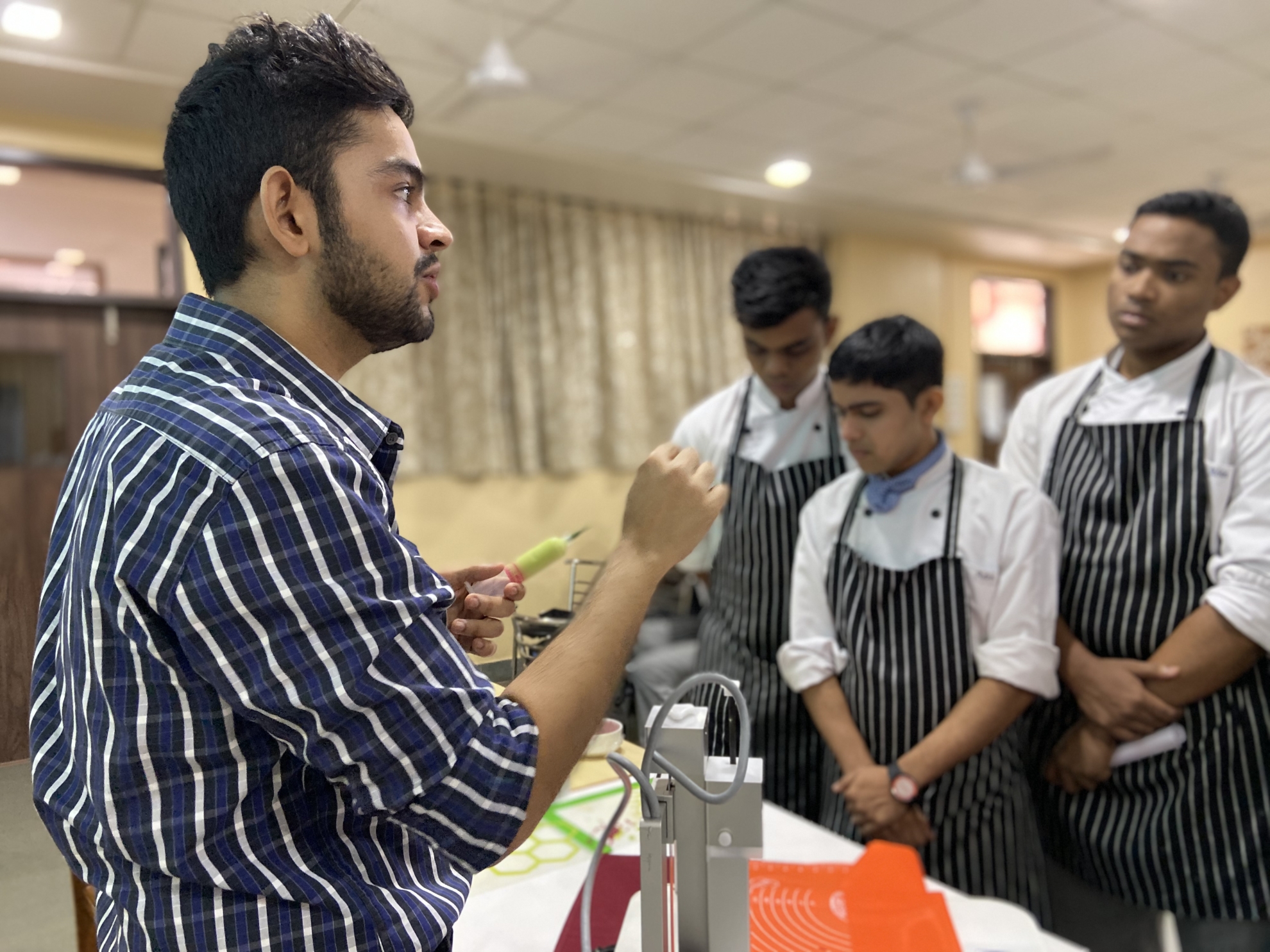
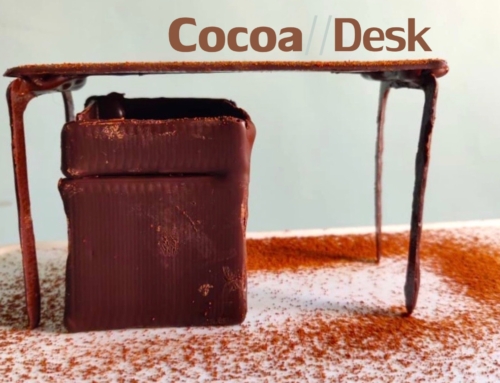
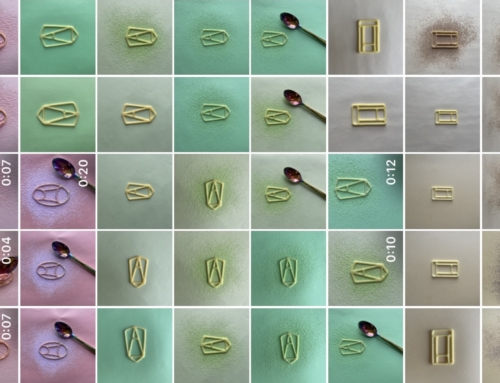
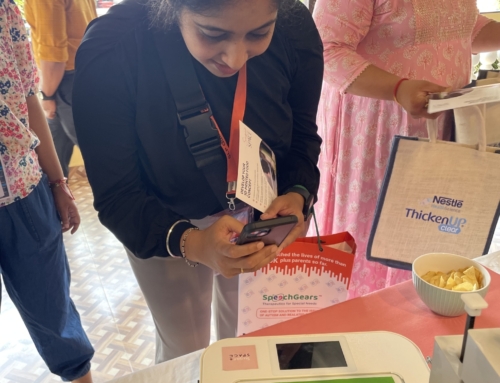

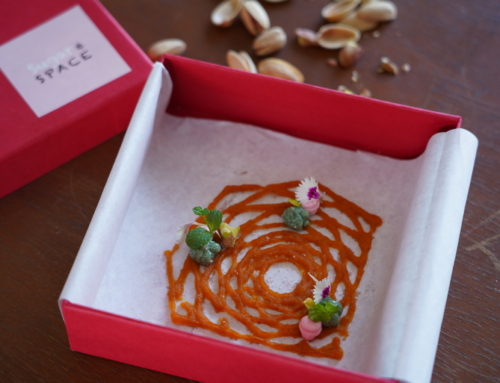

Leave A Comment